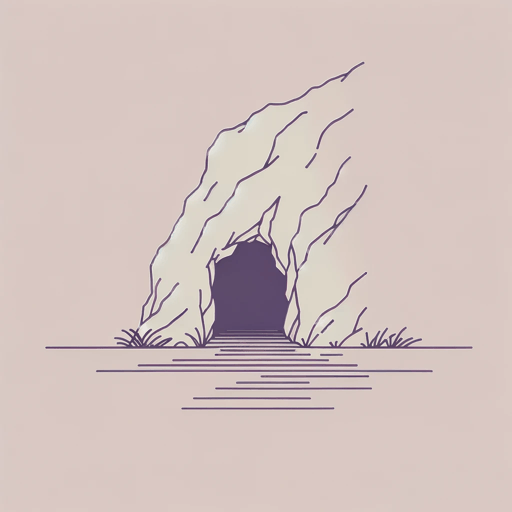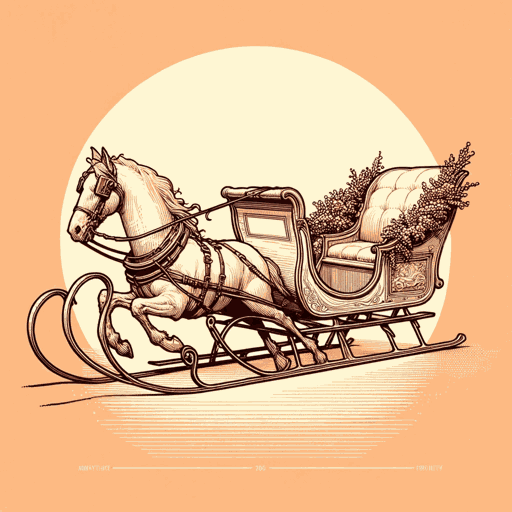42 pages • 1 hour read
James Fenimore CooperThe Last of the Mohicans
Fiction | Novel | Adult | Published in 1826A modern alternative to SparkNotes and CliffsNotes, SuperSummary offers high-quality Study Guides with detailed chapter summaries and analysis of major themes, characters, and more.
Themes
The American Frontier as a Place of Danger and Freedom
Published in 1826 and set in 1757, Cooper’s The Last of the Mohicans appeared at a time when the American frontier contained unknowns, was very much still expanding, and was a subject of national attention. Cooper’s book shed light on frontier life for both American and international audiences, emphasizing the idea that the wilderness is integral to American identity. This perspective is evident throughout the novel, notably in the knowledge, skill, and savvy that characters like Bumppo, Chingachgook, and Uncas display when navigating and surviving in the wilderness.
The wild, broad frontier provides a setting for scenes of drama, danger, and heroism. Above all, the wilderness is depicted as a place of possibilities—opportunities for freedom as well as risks of danger. These possibilities are outlined within the first few paragraphs of Cooper’s novel. The text identifies the novel as the “wide and apparently an impervious boundary of forests,” exemplified above all in “the country which lies between the head waters of the Hudson and the adjacent lakes” (7), the specific setting of the novel. This “impervious” location requires the “hardy colonist, and the trained European” to struggle “against the rapids of the streams” and “the rugged passes of the mountains,” with courage as a potential reward for these struggles (7).
Related Titles
By James Fenimore Cooper



